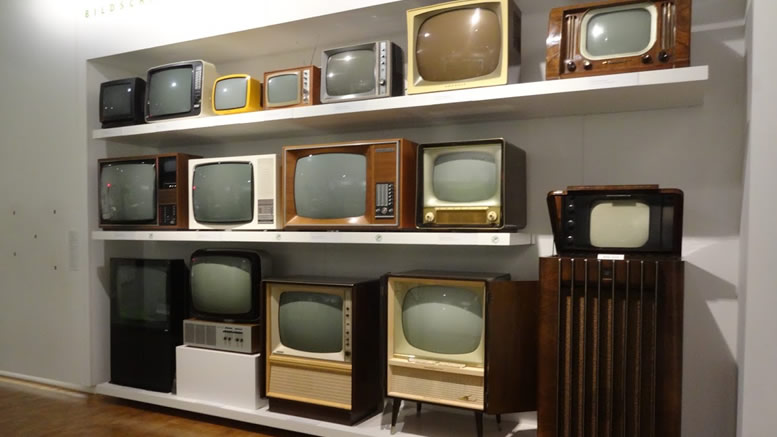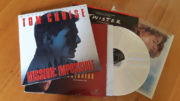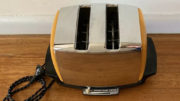 In an article written in 1908, a Scottish electrical engineer named Alan Campbell Swinton described a completely all electronic television system. He proposed that the cathode ray tube, that was invented by the German scientist Karl Ferdinand Braun in 1897, should be used to transmit pictures as well as to receive them. While the theory would work, it would be almost impossible to achieve with the limited technology available at the time.
In an article written in 1908, a Scottish electrical engineer named Alan Campbell Swinton described a completely all electronic television system. He proposed that the cathode ray tube, that was invented by the German scientist Karl Ferdinand Braun in 1897, should be used to transmit pictures as well as to receive them. While the theory would work, it would be almost impossible to achieve with the limited technology available at the time.
The first mechanical television was built by the Scottish engineer John Logie Baird around 1925. Transmissions were carried out in Britain between 1928 and 1935, using the BBC’s medium wave transmitters. Baird’s system was largely mechanical and the pictures were composed of only 30 lines, so that the small details could not be reproduced. This was known as a low-definition system.
The Baird system used spinning disks and mirrors in a attempts to scan, transmit, and reassemble a moving image. It was based on a perforated, spinning disk first proposed in the 1880s by the German Paul Nipkow.
The first all electronic system which today’s television is still based was developed by Philo T Farnsworth. Farnsworth came up with the idea of an electronic television using a scanning system like we use today when he was a 14 year old boy and by the time he was 21 in 1927 he had had a working model. RCA was working on television at the same time hiring Vladimir Zworykin, who did contribute a lot to early television. Farnsworth successfully sued RCA over patent infringements.
The world’s first high-definition television service was launched by the BBC in the autumn of 1936. The 240 line Baird system and an electronic system produced by Marconi-EMI using 405 lines, were used on alternate weeks, but in 1937 the Marconi-EMI system was chosen. Marconi sourced their camera from RCA who they part owned. Baird on the other hand started using Farnsworth’s camera under license for the broadcasts.
In 1964 the BBC introduced its second television channel, this time using the 625-line system. This gave even better definition than the 405 system. The new line standards agreed with those used by many other broadcasting authorities, so enabling the international exchange of programs to take place.
Although Baird had experimented with colour television as early as 1925, it was in 1929 that an American team led by Herbert Ives demonstrated the first colour system. It transmitted three separate pictures in red, green and blue and thereby used three transmission channels. It also needed clumsy receivers to reconvert the three pictures into a single full colour one. The first regular colour television service began in the United States in 1954, in Japan in 1960 and in Britain and a number of other European countries in 1967.In the US both CBS and RCA competed for the design of the colour set but the RCA colour system was chosen as it was compatible to black and white sets. The CBS system was partly mechanical used a spinning colour wheel in their design.
Between 1979 and 1983 a number of patents were taken out for pocket-sized televisions, while in 1989 a group of Japanese companies launched a high-definition television system with 1125 lines and a widescreen format.
Many countries are now testing or have passed laws to start using a form of Digital High Definition TV, in the US traditional analogue broadcasts are expected to be shut down around 2006 while in Australia transmission will be shut down around 2008. Much debate still continues about the benefits of phasing out the current analogue system in favour of Digital TV.




